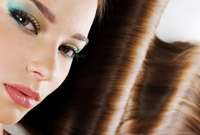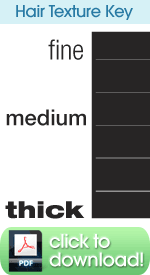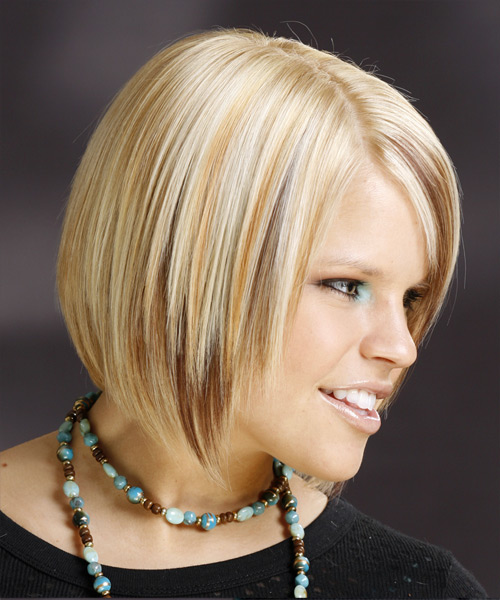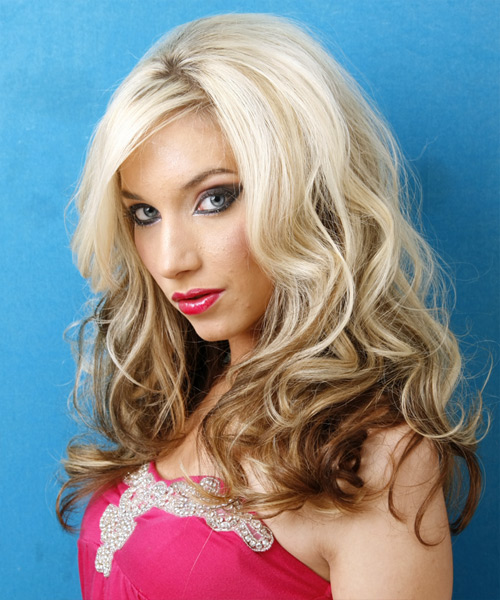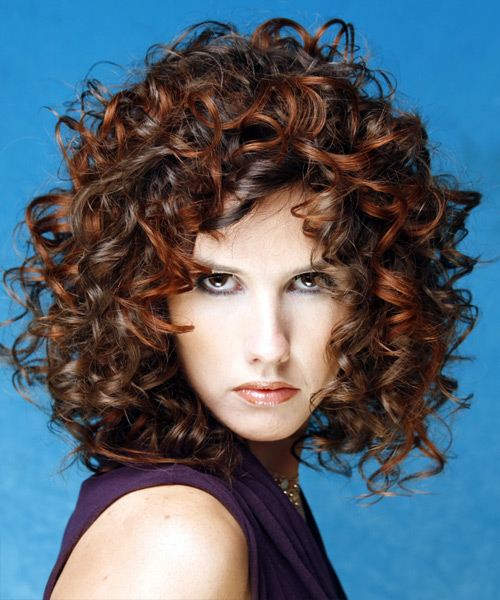I'm a writer at the TheHairStyler.com and I've noticed we regularly receive "help emails" like this:
The biggest problem I have when trying to decide on a new haircut is working out if it's right for my hair. My question is: how can you tell your hair's texture and elasticity?
Before I started at TheHairStyler I used to be just as confused as everyone else about how to work out my hair's texture (fine, medium or thick) and elasticity (straight, wavy or curly). Since it looks quite puffy and thick with a natural wave, I always thought my hair was medium wavy. But then I was advised by one of our hairstylists that my hair was, in fact, fine wavy. That's great because now I know for sure which haircuts I can (and can't) pull off.
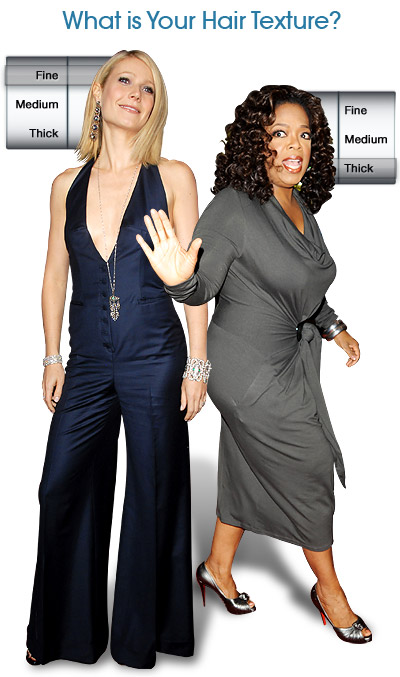
For those who don't have the luxury of being able to just look up from your desk to ask professional hairstylists questions about your hair, I had a longer chat with a couple of them and put together a helpful consultation about getting to know your hair texture and elasticity. Understanding your hair's texture and elasticity is important because these 2 factors can have a big impact on the kind of hairstyle you want.
What is Hair Texture?
Hair texture is basically your hair's thickness, and it will generally be fine, medium or thick. A quick way to get an idea of your hair's texture is to print the Hair Texture Key and compare it with a (snipped) strand of your hair. If you've got long hair you can also gauge your hair's type by pulling it into a ponytail with an elastic band. If it takes more than 5 goes to get your hair secured tightly in the band, then you have fine hair. If you can only muster 2 wraps of the band then it means your hair is thick. Obviously anything in-between means your hair is medium (but to be absolutely sure I recommend booking a consultation with your hairdresser).
Something else you should know is that your hair's texture has an important relationship with its density. Your hair's density is the amount of hair on your head, per square inch. Generally, fine hair is more dense, while thick hair is less dense (except in African American hair). Typically, there is no real impact on the hairstyles you can choose. But, in some instances, fine hair can be less dense and thick hair can be more dense- and when these are the cases it can affect the kinds of hairstyles you choose.
Hair Type 1: Fine Hair
Fine hair typically means skinny strands (the kind that end up all over the house, but you don't notice because- individually- the strands are quite hard to see). Now, just because you have fine hair it doesn't necessarily mean you don't have a lot of hair (case in point: my wavy hair). Although thinning or sparse hair can go hand in hand with fine hair types, it is typically the case that people with fine hair often have a lot of strands.
Hair Type 2: Medium Hair
Medium hair is made up of strands that are of a medium width- and if you take a look at the Hair Thickness Key you'll get a better idea just what that means. Medium is the most common kind of hair texture, and this is one instance where being just like everyone else is a plus. Why? Having a medium hair texture means that it's possible to pull off all kinds of haircuts and styles simply by changing the thickness of your hair (in other words, by getting your stylist to thin it out for example). Also, since your strands are neither too thin nor too thick, they can easily be cut to hang in place- making your hair simpler to style.
Hair Type 3: Thick Hair
Thick hair has the thickest strands and usually the most bulk and weight. It can be hard to control due to its sheer volume. Since this is the case shoulder length or longer hair is often ideal because it will sit nicely as a result of your hair being weighed down by its thick strands.
Hair Elasticity is Important Too
You'll be one step closer to a great hairstyle if you understand the limitations and benefits of your hair's texture; but when you go to your salon for a chat with your stylist it's best that you have some understanding of your hair's elasticity too. Hair elasticity refers to whether your hair's straight, wavy and curly, and the relationship between your hair's texture and elasticity could affect the kind of hairstyle you want.
Hair elasticity is quite simple and you can get a good idea of your own hair's elasticity by looking in the mirror.
Straight hair is "straight" because it doesn't have any kinks or bends;
wavy hair is a result of your hair forming a bend or slight "S" shape, and it can either work for you (lovely romantic looking tresses) or against you (say "Hello frizz ball!").
Curly hair comes from a definite "S" pattern that also forms loops and will spring away from your head (as opposed to waves which tend to be flatter near the scalp).
Even if you feel that you've gotten the raw end of the deal with your hair's texture and elasticity, there are lots of ways you can manage it and, in turn, get the best style possible. That way you can eliminate some of the hair stress we all experience when trying to find the right cut (so that just a wash and comb will do on those busy days when you don't have hours to spend on your hair). For some free advice on styles and cuts for your hair's texture and elasticity, try our hairstyle consultation: "Find Your Perfect Hairstyle."
